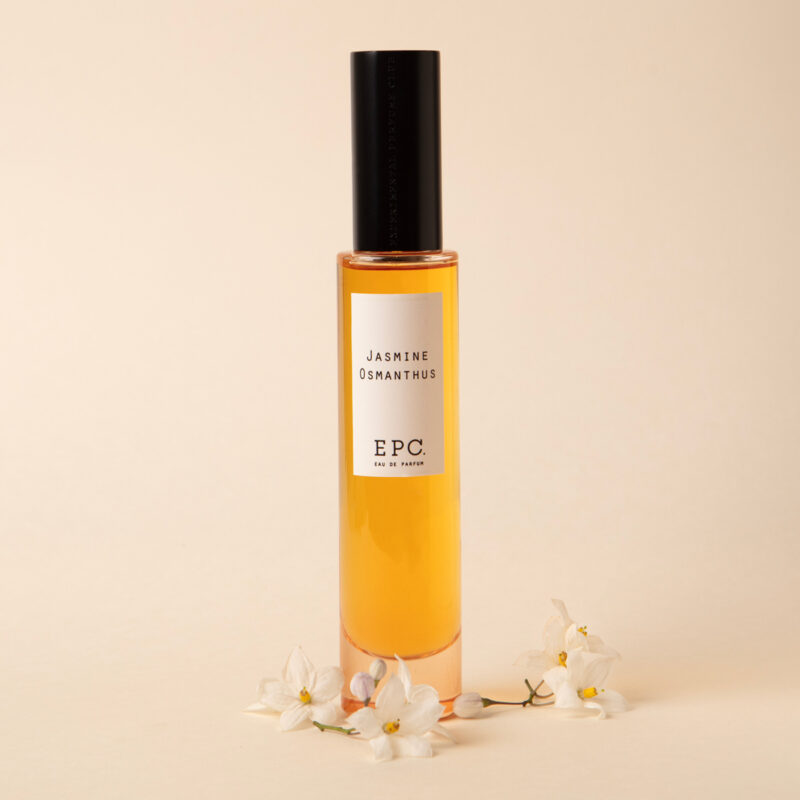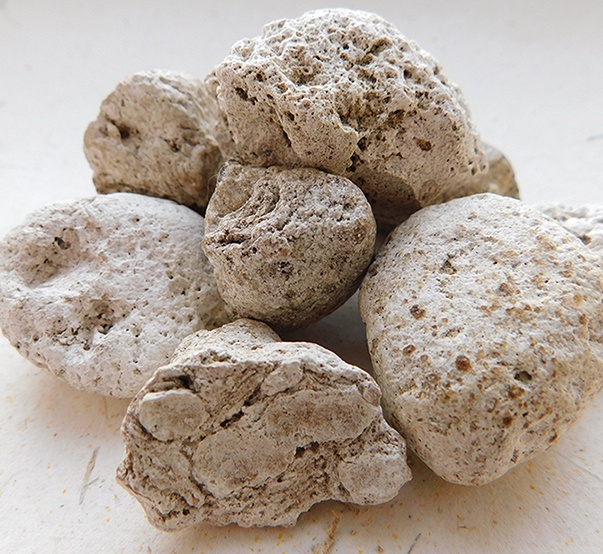You may have heard of these perfume synthetic ingredients before, but do you know about their natural origins?
Molecules are synthetic ingredients which are sadly too often seen as negative and harmful (which is by the way incorrect!), but did you know that most of these molecules are present in nature? These molecules are called ‘nature identical’ and some can even be organically certified (uh?).
Synthetic ingredients constitute the lion’s share of the perfumer’s organ and often help to make natural ingredients stand out in original compositions. In some occasions, molecules can even be rarer and more expensive than naturals.
So how can molecules not be so synthetic after all?
We’ve selected three iconic synthetic ingredients and explain where they come from.
HEDIONE – Floral, Heart Note
From the Greek word ‘hedone’ which means pleasant, we can safely say it most certainly is. Synthesised in 1962, hedione is in fact present in natural Jasmine extracts and is frequently used to recreate jasmine notes in fragrances. Perfumers even go as far as to call this molecule “transparent jasmine”. It carries fresh, floral, citrus and green notes that some say reminds them of magnolia blossom and jasmine tea. One of its first noticeable use was in the famous Eau Sauvage by Christian Dior, a fresh citrus fragrance for men with floral accents that makes it also attractive to women. Hedione is easy to use in fragrance due to its very light and airy character, so fear not…
AMBROXAN – Ambery, Base Note
Ambroxan is naturally present in Ambergris and synthetised from ‘Sclareol’, a molecule naturally extracted from the essence of clary sage. Ambroxan (also known as Ambrox) is a fascinating molecule that has warm woody, leather and spicy facets.
It leaves a lasting, creamy, musky impression with a slight animal tonality. With an inviting, warm and ambery sweet smell it blends well with woody and oriental fragrance. A modern “Amber Gris” that is beautiful and sexy, yet subtil.
COUMARIN – Edible, Base Note
It was discovered in 1860 and is traditionally used in a fragrance structure called ‘Fougere’. Coumarin is naturally present in large amount in tonka bean and is also found in vanilla, grass, strawberries, cherries, sweet clover and cassia cinnamon.
In its pure powder form, coumarin has a long lasting smell of almond, marzipan, vanilla, coconut and cherry. When diluted, soft hazelnut and almond facets shine through underneath a hay smell.
It’s popular for invoking warm notes of tobacco, which have helped it become influential in masculine fragrances.










